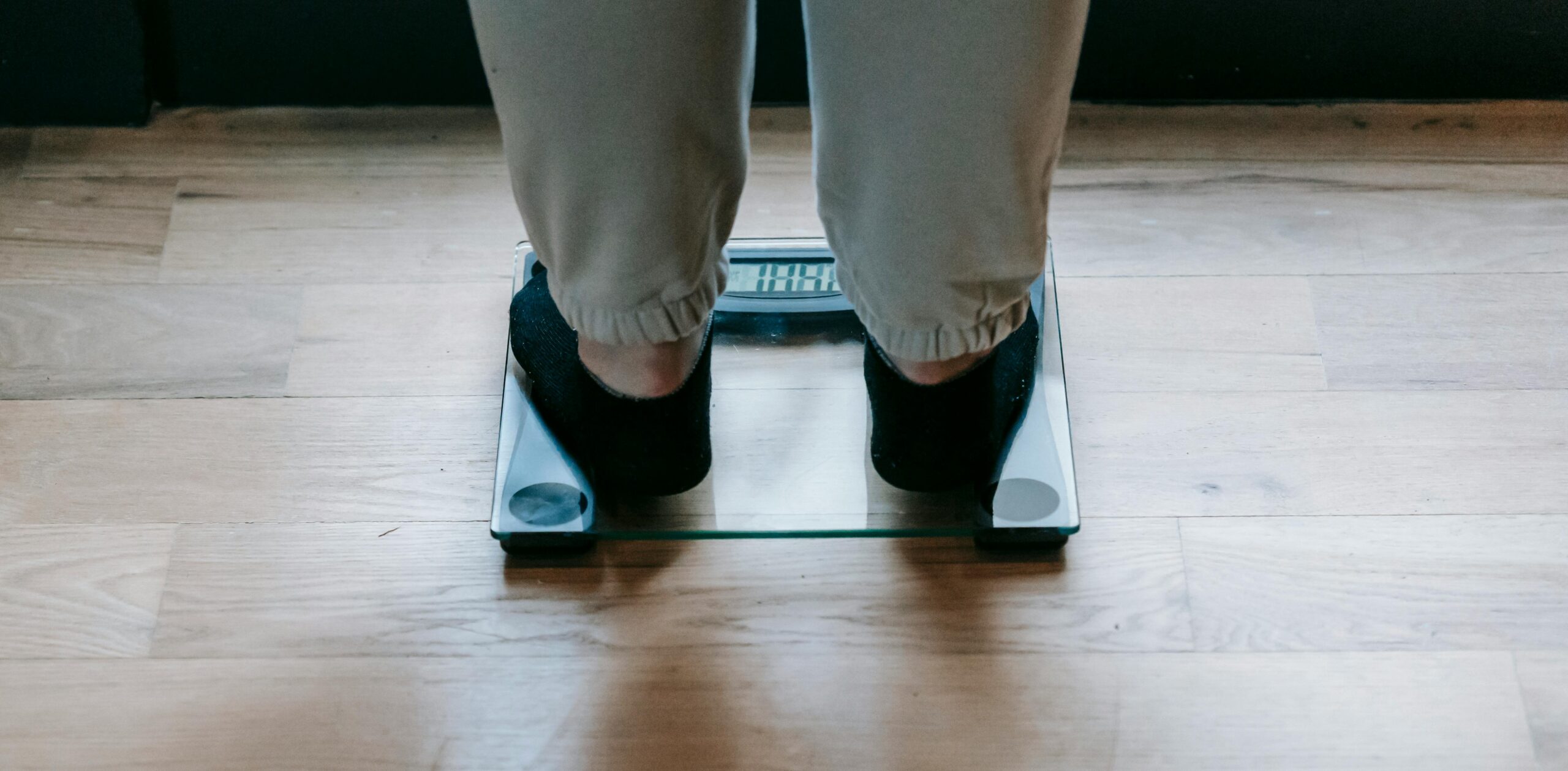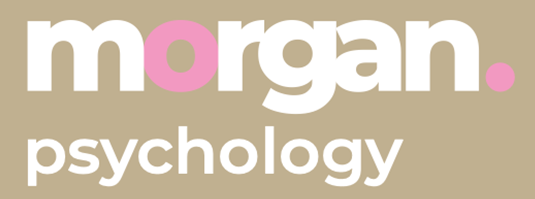Weighing in Eating Disorder Treatment: Confronting the Messy Middle

I can’t deliver eating disorder treatment without therapeutic weighing
I can almost see the pitchforks raised and the outrage brewing, but I have to say this loudly and unapologetically: I cannot deliver cognitive behavioural therapy for eating disorders (CBT-ED) without weekly therapeutic weighing. I’m not just talking about clients needing to regain weight but all of them—regardless of where they sit on the weight spectrum, their age, or their history. I need to weigh them as part of my assessment and throughout treatment. I need to keep weighing them until we have addressed the fear of weighing and corrected the grossly inaccurate beliefs that most clients with eating disorders hold about that number and how it relates to the nutrition they are putting into their bodies.
I personally don’t weigh myself very often. I jump on from time to time when I am checking the scales in my office to make sure they are working. When I jump on the scales, I don’t have a strong reaction. I don’t think of the number as “good” nor “bad”. I am not afraid of the number on the scale.
Unlike my neutral experience with the scale, for my clients, the number on the scale is a loaded, anxiety-provoking metric tied to deep-seated beliefs about their self-worth. Except on very rare occasions (when we phase weighing out quickly), having significant fears about the number on the scale is a core part of an eating disorder. They don’t teach you how to weigh clients in postgraduate psychology. I learnt when I started unintentionally working in an eating disorders clinic. It was weird at first, but now I am used to it.

The number on the scale goes up, and you feel worse; it goes down, and you might experience brief relief, but you constantly have to strive to maintain that feeling. It is never enough.
If you are familiar with the transdiagnostic model of eating disorders (Fairburn et al., 2003), you might wonder where “weight fears” sit in the transdiagnostic formulation. They fall within the box that says “over-evaluation of weight and shape”. What does that really mean? It means that you almost exclusively, and at the cost of other areas of life, think about your value as a person in relation to what is happening with your weight, shape, eating, and their control. The number goes up, you feel bad, the number goes down, you might feel temporarily relieved but then you need to keep going in order to keep feeling better about yourself. Your self-worth is completely tied up with what is happening with that number and it is never good enough.
At the most fundamental level clients hold core beliefs that tie self-worth into the ability to control weight, shape, and eating. In the therapy room, this sounds like “I am disgusting”, “I am unattractive”, “I am worthless”, “I am fat”. Those core beliefs drive rigid rules: “I must restrict, purge, exercise, cover up my body, eat less than others…” And if we finished that sentence, it would sound something like: “to have any value as a person”.
The core beliefs also drive assumptions or predictions: “If I do not restrict, I will suddenly gain 5 kilograms”. And if we finished that sentence it would sound something like: “…and I won’t be able to cope”, “…and people will reject me”, “…and I won’t know who I am”.

Weight fears are tested in therapy through controlled experiments and exposure, fostering more accurate, data-driven beliefs while managing anxiety.
Professor Glenn Waller calls these predictions “the broken cognition” in eating disorders. I don’t use that term in clinical practice, but I know what he means. Often clients hold such extreme and inaccurate beliefs about how their eating will affect the number on the scale that the cognition appears to be broken. For example, “if I eat one piece of bread, I will instantly gain 2 kilograms” (even though that slice of bread weighs next to nothing, so this is technically impossible). Or “if I eat regularly, my weight will go up and up and up and up and never stop”. Or, “anything I eat is instantly stored as fat”.
I prefer to think of these cognitions as “untested, super scary predictions” – that better captures why I am going weigh my clients. First, the client is making predictions that have not undergone evaluation in the lab of the therapy room. Second, testing them will feel extremely uncomfortable and anxiety-provoking. So that makes it easy, right? We need to set up our lab (aka, the therapy room and the space between sessions) for testing, and we need to help the client do this in a way where they can manage the necessary anxiety that that must be present if someone is courageous enough to try to do things differently.
Anxiety models have a lot to contribute to our understanding of eating disorders. In an early paper, Waller (2008) proposed that a truly transdiagnostic approach for eating disorders would place these disorders within the anxiety disorder category (European Eating Disorders Review | Eating Disorders Journal | Wiley Online Library). Alas, they have retained their space as “special” disorders related to eating, weight and shape.

Are eating disorders truly different from other anxiety disorders, like a fear of flying?
Consider the analogy of a fear of flying: You’re an executive who dreads getting on a plane, to the point where it’s affecting your career. You seek help from a clinical psychologist (good choice!), who guides you through anxiety management strategies and gradual exposure to your fear. We teach you about anxiety and how it affects your body and your mind, we teach you anxiety management strategies, we help you challenge unhelpful thoughts, we even take a trip to the airport so you can some exposure to planes. But what if we assured you that we will never ask you to step on a plane because, well, that would just be cruel right? You are terrified, why would we ask you to do that?
It’s no different when it comes to weighing. We can do a bunch of peripheral things but at some point, you are going to need to jump on the scale in order to test your fears about the number. The earlier the better, in my opinion.

It can be tempting to step away from the scale, settle into the comfort of your therapy chair, and revert to talking rather than doing therapy.
I can see the fear as clients step on the scale at the start of treatment, and it feels deeply uncomfortable for me too. But I also know that next week it will be a little easier, and the week after will be a little easier again, and one day the client will jump on readily. They might be interested in knowing what happened to the number when they included a chocolate bar three times this week. They will learn they can cope with doing scary things, no matter what the outcome is. There may be grief or anger, and we can address those responses too.
For clinicians, I am going to have a guess that even if you do start weighing clients or are already doing this, there will be times when you desperately want to step away from that scale. Faced with a client who has not seen their weight for 10 years, a client who lives in a larger body, a client recently discharged from hospital for renourishment who was never told how much weight they have regained, or other professionals saying “you can’t do that”, it can be tempting to step away from that scale and settle back in the comfort of your therapy chair, and revert to the talking of therapy rather than the doing of therapy.
Can you make progress within CBT-ED without weighing? Honestly, you can make some progress. You could work on normalising eating – developing regular, adequate and varied intake (although a dietitian is more qualified to work on these so I would probably just arrange a referral). I explain to my clients that I prefer to weigh them. Everything in my sessions is negotiable but clients need to understand what they will miss if they choose not to be weighed. And there is a lot they will miss out on:
- Learning that their weight fluctuates normally up and down, but within a stable range when eating is normalised
- Seeing the rate at which they are gaining weight (if this is part of their recovery) and processing any feelings of grief, distress, sadness, or anxiety about these weight changes.
- Knowing if the weight is going up too fast or too slow.
- Knowing when we need an urgent medical review because of decline in weight
- Learning that normalising eating will not result in uncontrollable weight gain – it won’t keep going up forever, it will stop.
- Understanding where their body currently sits and where it is likely to need to sit to be healthy
- Experiencing reduction in anxiety over time with repeated exposure to the number on the scale to the point that it hopefully gets boring
- Seeing that almost invariably there is a discrepancy between what you think is happening on the scale and what is actually happening
- Learning that you can cope, no matter what
- Seeing that the number doesn’t define your value as a person
So that’s why I weigh clients. And, honestly, clients are really willing to sign on for this part of CBT-ED when they understand the rationale. Then we just get on with the doing of therapy.
It’s not for me to tell you what to do in your therapy sessions, you need to work it out for yourself. Weighing clients in CBT-ED isn’t just a protocol—it’s a critical therapeutic tool. I urge you to consider what your clients might be missing if this component is excluded from their treatment. And I invite you to join the conversation with respect and an open mind. Recognize that this is a complex and nuanced discussion where thoughtful dialogue is far more productive than divisiveness.
We create digital resources to help you get on with the delivery of treatment. Our digital interactive weight chart is designed to help clinicians ease the anxiety surrounding weighing and making the process more engaging for clients. Sign up for access to any of our courses to see the difference it can make in your practice: On-demand and cohort-based learning – Morgan Psychology
The opinions in this article are personal and are not intended as a substitute for professional medical advice, assessment or treatment. If you live in Australia and have concerns about an eating disorder or other mental health issues, supports are available through Butterfly Foundation Support for Eating Disorders and Body Image Issues | Butterfly Foundation and Lifeline Lifeline Australia – 13 11 14 – Crisis Support. Suicide Prevention.
